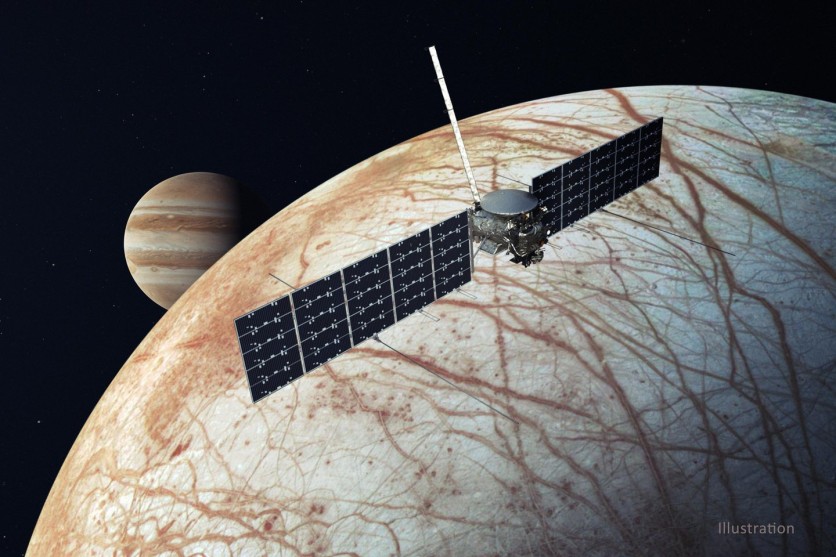As reported first by Space.com, NASA's Europa Clipper is meeting its end with a bang.

"One-way Journey"
Since deep-space explorations are typically a one-way journey, such as with NASA's Europa mission, the spacecraft will intentionally crash into the solar system's largest moon Ganymede, after examining the icy Jovian lunar's potential to harbor life.
However, Europa Clipper mission project scientist Bob Pappalardo indicated during a meeting of the Outer Planets Assessment Group (OPAG). On June 15 the spacecraft may now fall into Ganymede or Callisto, two of Jupiter's Galilean moons, instead of diving into Jupiter as had been first planned.
Space.com noted that the most current redesign of the Europa Clipper's timeline included several cost-cutting initiatives, one of which was the modification of the disposal location. Another is the drop in the number of flight tests of Europa by the spacecraft, from 53 to 49 to prevent extended missions.
The biggest moon in the solar system, Ganymede, is the front-runner of the two moons up for consideration due to its possible scientific ramifications.
Pappalardo stated that the possibility of synergistic science with JUICE, the European Space Agency's Jupiter Icy Moons Explorer mission, makes impacting Ganymede preferable to Callisto or Jupiter. The mission's primary objective is Ganymede, although it will also examine all three Galilean moons.
Observing the Collision
According to Pappalardo, there is a chance that the JUICE instruments could observe the collision and get knowledge of Ganymede's characteristics if the mission is still in orbit above Ganymede during Clipper's disposal.
However, Space.com noted that the Europa Clipper spacecraft wouldn't be the first one in the Jupiter orbit to be deliberately disposed of at the end of a mission.
Galileo was ordered to crash into Jupiter in 2003 to avoid hitting Europa, which the mission had found might contain the appropriate conditions for life.
Hence, subsequent spacecraft have been purposefully annihilated, whether by impact or by fusion in an atmosphere, to defend areas that could host life.
In some instances, the dramatic destruction of a spacecraft constituted a science-gathering component of the expedition, which is true to NASA's Deep Impact when it collided with a comet to research its components.
Europa Clipper's intentional, deliberate collision with Ganymede or Callisto is intended to safeguard Europa, which according to Space.com, is a more delicate moon.
Since Ganymede is believed to have a subsurface ocean as Europa does, it may contain the necessary elements conducive to living.
Space.com further explained that as Europa Clipper explores the Jovian system, the spacecraft's final resting place could alter once more in light of fresh data. But for the sent, it appears that Ganymede may experience a significant impact.
Related Article : NASA's James Webb Space Telescope Set to Release First Science-Quality Images of the Universe on July 12!
This article is owned by Tech Times
Written by Joaquin Victor Tacla
![Apple Watch Series 10 [GPS 42mm]](https://d.techtimes.com/en/full/453899/apple-watch-series-10-gps-42mm.jpg?w=184&h=103&f=9fb3c2ea2db928c663d1d2eadbcb3e52)



